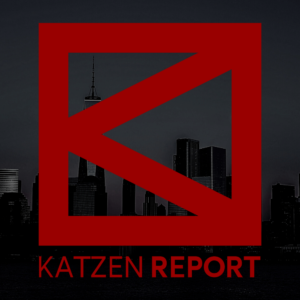470 West End Avenue LOFT 1E
15 Charles St PH
425 Park Ave S #15A
59 E 72nd St #2D
425 Park Ave S #20B
1001 Fifth Ave #10C
53 W 53rd St #PH76
365 Clinton Ave #11F
Issue 99 – A Guide to Estate Sale Properties
An estate sale is a rather unique type of purchase. In some areas of the country, “estate sale” connotes a tag sale featuring all the items in a home. But in NYC, it refers to the sale of an apartment or home on behalf of a deceased owner. These sales are usually handled by the executor of the estate or the surviving heirs. An executor needs to be appointed before the property can be sold, and the sale won’t close until all other legal issues are resolved.
Estate sales aren’t for everyone, but they can offer value for someone with time and patience. These types of properties tend to have a lower price point because they may be in a state of disrepair or not as renovated as contemporary homes. Spoiler alert: There will likely also be a lot of red tape to deal with when snagging one.
Price aside—they are typically priced to sell—there are certainly some other advantages to seeking these offerings out. Generally, estate sale properties tend to be larger and in more traditional pre-war co-op buildings.
In a co-op building, they may also allow the purchaser to avoid going through the usual board approval process (as it may be considered a sponsor sale). Usually, this is because the original owner was part of the initial formation of the co-op.
As a buyer’s agent, these properties call for a very special approach. This is especially true when dealing with heirs, who may be emotional about having suffered a loss. The property won’t simply be an asset to sell but will hold significant sentimental value. There is a particular attachment to the home of a loved one, and it must be treated carefully and respectfully.
Typically, however, you will not be dealing directly with the heirs. Instead, the family executor or bank will manage the property’s sale. These entities are much less reactive and more sensitive to outgoing costs. One needs to be highly aligned with all parties involved while also servicing the best interests of the property in preparing for the sale by decluttering, basic painting, deep cleaning—and, ideally, staging. This also includes addressing any damaged items, such as broken windows and non-functioning radiators and gas ranges, before coming to market. That said, it’s common to see “Bring your architect” in the property listing to indicate the “as is” condition of the sale.
Some cases are not so clear cut: To get the aforementioned value proposition, you may need to allow the estate to go through probate and other prolonged processes that create tremendous delays in conveying the asset. Time can impose all sorts of additional friction costs on a buyer and delay renovation. All of this can result in a long, drawn-out, and all-consuming undertaking that is not for the faint at heart. You will be dealing with higher-than-usual legal fees as well. Having an experienced real estate attorney is crucial to ensuring a smooth purchase. The due diligence required for an estate sale is far more in-depth than a regular sale.
These properties are particularly well-suited to buyers who don’t mind the extra work and have the luxury of time. They are also great for anyone searching for a fixer-upper. You will need to have a strong stomach and broad vision because there likely won’t be any beautifully furnished listing pictures. It’s important to seek out units with “good bones” and qualities like high ceilings, natural light, and location.
Those interested in an estate sale will need to employ a broker who can do an extensive search online for properties that need an upgrade. But beware: Although there may be significant cost savings in the purchase price, getting certain units up to code and in a livable, modern condition can be expensive. Still, these properties do offer buyers a great opportunity to customize their living space and own a bit of non-cookie-cutter history.
As a selling agent, smart marketing is needed to differentiate the product from other inventory. Featuring it in a way that allows it to be seen in an unbiased way from third parties is key.
Overall, if you are interested in buying something unique, customizable, and with a vast history, an estate sale property may be the perfect fit. These “needles in a haystack” can be little gems worth seeking out. A good team—agent, lawyer, title agent, etc.—will help you navigate the challenges they bring, and with a bit of time, patience, and luck, you can score an amazing one-of-a-kind property.
Recent Reports
SUBSCRIBE TO THE KATZEN REPORT
UP TO THE MINUTE PULSE ON REAL ESTATE
